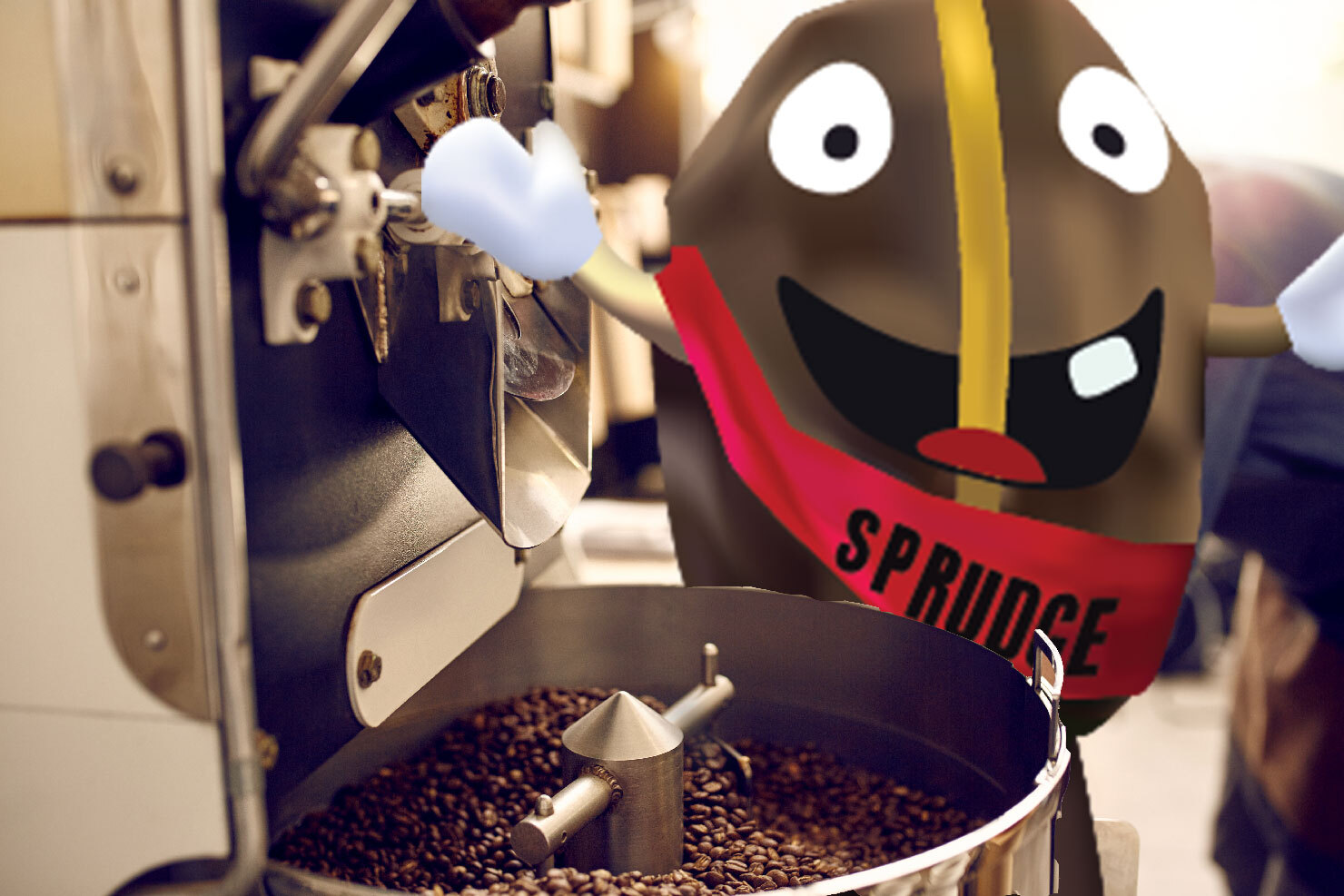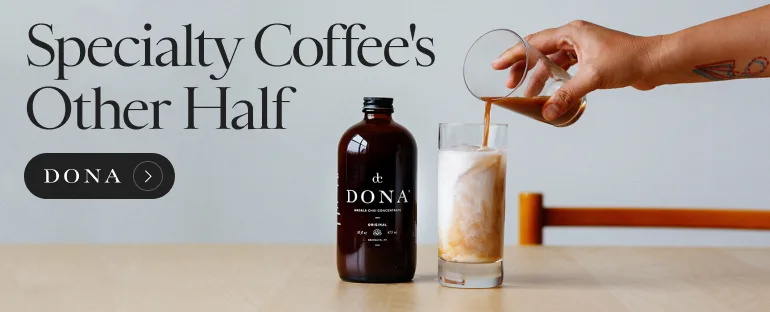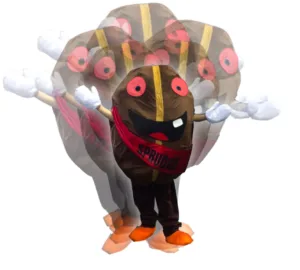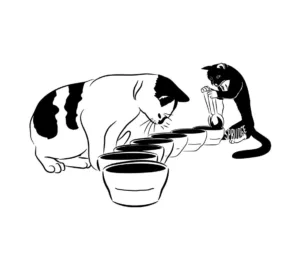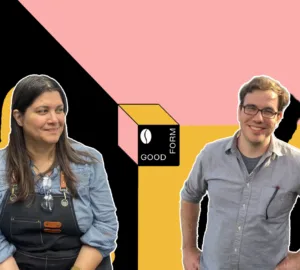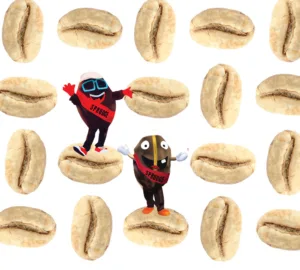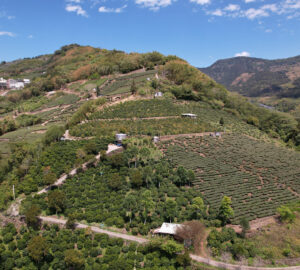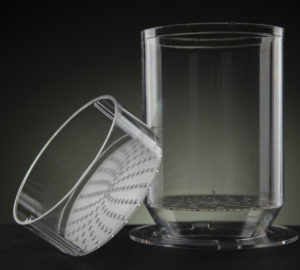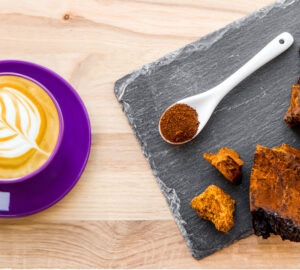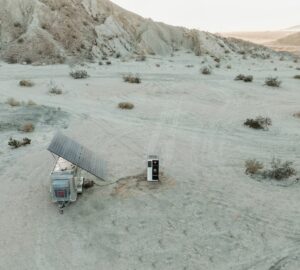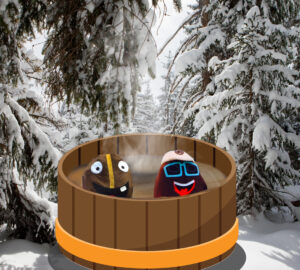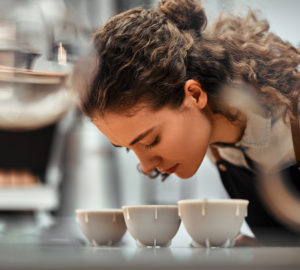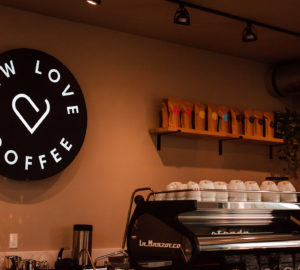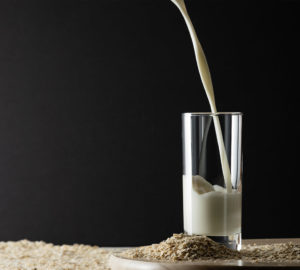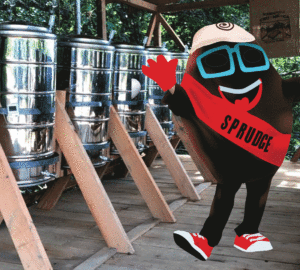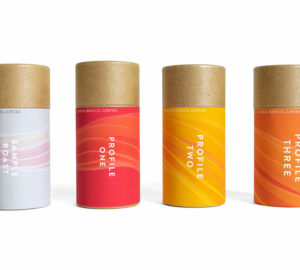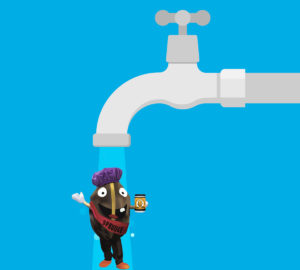What is First Crack?
Coffee people sometimes talk about the “first crack,” which is a sound that happens at a pivotal stage in the process of coffee roasting. You might hear it mentioned in contexts like a coffee roaster proclaiming, “We roast only to first crack,” or perhaps, if you’re standing right next to a roasting machine itself, “Now listen for first crack!” This sure sounds like it must be something exciting, huh?
First crack is indeed a “cracking” sound, which roasters use as a cue to let them know not only where their roast is in its timeline, but what to do next. It is an audible milepost for knowing where coffee beans are on their journey from green (unroasted) to brown (ready to brew). The sound of first crack is literally the sound of a coffee bean converting from an endothermic process, in which it is receiving heat internally (from the heat of the roaster), and converting its internal moisture to steam and beginning to release heat outwardly—an exothermic process.
When does first crack happen?
First crack happens around a bean temperature of around 380°F, give or take. When first crack is about to happen, a roaster may wish to attenuate the heat of of their roast, and after first crack, some roasters may stop roasting completely. Depending on what kind of flavor profile is desired, it is essential to know when first crack occurs to take next steps.
So first crack is literally an audible sound I could hear?
Yes.
What does it sound like? Is it always the same?
When first crack happens—and in what exact way—is dependent on both the characteristics of the coffee being roasted as well as how the roaster is applying heat. To learn more Sprudge turned to veteran coffee roaster, Quality Evaluation Specialist for the Coffee Quality Institute, founder of Wrecking Ball Coffee Roasters, coiner of the term “Third-wave coffee” and general all-around friend of Sprudge, Trish Rothgeb, for some illumination:
“With certain coffees you barely hear it,” says Rothgeb, explaining that beans that some beans sound very soft—”and you don’t hear it almost at all”—and others will sound “very cracky, like you’re popping bubble wrap or something.”
When first crack happens will depend on how heat was transferred, whether the beans were heated faster and hotter, etc., explains Rothgeb. “There could be a long and loose sort of crack, meaning it takes a long time and it’s sort of disjointed. That can be fine. In most cases if it’s really fast and a unified crack, it might mean you pushed the heat too fast at that early stage.”
What happens after first crack?
After a coffee bean reaches first crack, it will continue to heat up, this time creating pressure on internal gasses (mostly CO2) present within the bean. When the pressure of these gasses becomes too much for the bean’s structure to bear, the roaster will then hear a second crack. Some roasters, who prefer to offer a lighter roast style, will end their roasting process before second crack occurs. After first and second crack, there are no subsequent cracks—just coffee getting darker and roastier as time goes on.
Are there any signals from the coffee that first crack is about to happen?
“Right before first crack you can smell the trier [that special little scoop roasters pull a sample roasting beans out to check their progress—Ed.] and you can smell it turn from that sort of toasted bread smell over to caramelized,” says Rothgeb. “You can smell that tipping point from kind of cerealy and grainy into a coffee smell,” she adds. “Only roasters ever get to smell that, it’s a really beautiful smell—it’s a beautiful thing to experience.”
At this point, says Rothgeb, “the bean has stopped bringing energy into it and is now so warm and developed and hot that it will then push energy out in the form of heat waves, so it becomes exothermic—and that’s when you’re close to the crack.”
Is it still fashionable for roasters to say they “only roast to first crack”?
While there was certainly a moment where it was chic in for a roaster to announce that they “only roasted to first crack,” Rothgeb feels the fever pitch of that moment in coffee has passed.
“I think we see new roasters having a variety of different roast levels on their menu and feeling good about it,” she says. “The first crack is always gonna happen—it SHOULD always happen—people should be roasting to at least first crack.” She explains the process as like blowing up a balloon:
“When you’re blowing up a balloon, and it’s really tight and you have to push a lot of pressure into it and all of a sudden it expands, that’s [like] first crack. And as you blow up, then it’s easier to blow it up—and then the second crack would be close to popping the balloon. So they’re two different things, and all of the heat and the pressure is released in the second crack. The first crack is all about the expansion of cells, that just has to happen for [the availability of soluble solids] or you’re leaving a lot of flavor on the table,” says Rothgeb.
Nowadays, we can be happy as coffee lovers to find roasters embracing both light and medium roasts, and more importantly, roasts tailored to bringing the best aroma, flavor, body, and acidity characteristics out of a given coffee. But whether your favorite roasting style is just barely past first crack or into a smooth medium or darker roast, whoever is in charge of the flame will need to know when first crack happens in order to make the most of each little bean’s journey.
Liz Clayton is the associate editor at Sprudge Media Network. Read more Liz Clayton on Sprudge.











